Home>Gardening & Outdoor>Plant Care & Gardening Tips>How To Make Sweet Potato Sandwiches Wildflower Bread


Plant Care & Gardening Tips
How To Make Sweet Potato Sandwiches Wildflower Bread
Modified: January 6, 2024
Learn how to make delicious sweet potato sandwiches with wildflower bread and get expert plant care and gardening tips. Elevate your sandwich game and improve your green thumb today!
(Many of the links in this article redirect to a specific reviewed product. Your purchase of these products through affiliate links helps to generate commission for Storables.com, at no extra cost. Learn more)
Introduction
Welcome to the wonderful world of plant care and gardening tips! In this article, we will explore the art of creating beautiful and thriving gardens while providing expert insights on how to care for your plants. Whether you are a seasoned gardener or just starting out, this comprehensive guide will offer valuable information to help you achieve success in your gardening endeavors.
Gardening is more than just a hobby; it's a rewarding and therapeutic activity that allows you to connect with nature and create stunning outdoor spaces. From cultivating vibrant flowers to nurturing delicious vegetables, the possibilities are endless. With the right knowledge and techniques, you can transform your garden into a flourishing oasis that brings joy and tranquility to your life.
Throughout this article, we will delve into various aspects of plant care and gardening, covering topics such as soil preparation, watering techniques, pest control, and more. By understanding the fundamental principles of plant care and implementing best practices, you can ensure that your garden thrives throughout the seasons.
So, grab your gardening tools and get ready to embark on an enriching journey filled with practical tips and expert advice. Whether you have a green thumb or are just beginning to explore the world of gardening, this article will equip you with the knowledge and inspiration to nurture your plants and create a stunning outdoor sanctuary. Let's dive in and discover the wonders of plant care and gardening together!
Key Takeaways:
- Embrace patience and observation in gardening. Your dedication and adaptability will nurture a thriving garden filled with vibrant blooms and delicious produce.
- Enjoy the rewards of gardening. Harvest the fruits of your labor and embrace the continuous learning journey to expand your gardening skills.
Read more: How To Store Sandwich Bread
Ingredients
When it comes to creating a thriving garden, the right “ingredients” are essential for success. Just as a chef carefully selects the freshest produce and finest spices for a delicious meal, a gardener must choose the proper elements to cultivate healthy and vibrant plants. Here are the key “ingredients” you will need to nurture a flourishing garden:
- Quality Soil: The foundation of a healthy garden begins with nutrient-rich soil. Look for well-draining soil that is enriched with organic matter, such as compost or aged manure, to provide essential nutrients to your plants.
- Seeds and Seedlings: Whether you’re growing vegetables, flowers, or herbs, selecting high-quality seeds and seedlings is crucial. Choose varieties that are well-suited to your climate and soil conditions for optimal growth.
- Water: Adequate hydration is vital for plant health. Ensure you have a reliable watering system in place, whether it’s a garden hose, watering can, or drip irrigation, to deliver consistent moisture to your plants.
- Sunlight: Most plants require ample sunlight to thrive. Be mindful of the sun exposure in your garden and select appropriate locations for sun-loving or shade-tolerant plants.
- Fertilizer: Supplementing your soil with a balanced fertilizer can provide essential nutrients that may be lacking. Choose organic or synthetic fertilizers based on your plant’s specific needs.
- Gardening Tools: A set of reliable gardening tools, including a trowel, pruners, and a rake, will aid in planting, maintaining, and harvesting your garden.
- Pest Control Solutions: Be prepared to defend your garden against pests and diseases. Organic pest control options, such as neem oil or insecticidal soap, can help protect your plants without harmful chemicals.
- Support Structures: For vining or climbing plants, consider providing trellises, stakes, or cages to support their growth and prevent sprawling.
- Patience and Dedication: While not tangible, these qualities are essential for any gardener. Cultivating a beautiful garden requires time, effort, and a nurturing spirit.
By assembling these essential ingredients and incorporating them into your gardening routine, you can lay the groundwork for a thriving and bountiful garden. Now that we have our “ingredients” ready, it’s time to explore the step-by-step process of nurturing and caring for our plants.
To make sweet potato sandwiches at Wildflower Bread, try roasting sweet potato slices with olive oil, salt, and pepper for added flavor and texture. Then, layer the roasted sweet potato slices with your favorite sandwich fillings for a delicious and satisfying meal.
Instructions
Now that we have gathered our essential ingredients, it’s time to embark on the journey of nurturing our garden and ensuring the well-being of our plants. Follow these step-by-step instructions to cultivate a flourishing garden:
- Prepare the Soil: Begin by preparing the soil in your garden beds or containers. Loosen the soil and incorporate organic matter, such as compost or aged manure, to improve its texture and fertility.
- Planting: Carefully plant your seeds or seedlings at the appropriate depth and spacing, taking into account the specific requirements of each plant variety. Water the newly planted seeds to provide essential moisture for germination.
- Watering: Establish a regular watering routine, ensuring that your plants receive adequate moisture. Be mindful of the individual water needs of different plant species and adjust your watering schedule accordingly.
- Fertilization: Apply a balanced fertilizer as needed to supplement the soil with essential nutrients. Follow the instructions on the fertilizer package and avoid over-fertilizing, which can harm plants.
- Pruning and Maintenance: Regularly inspect your plants for any signs of disease, pest infestations, or overgrowth. Prune and maintain your garden to promote healthy growth and prevent issues from escalating.
- Support and Training: For plants that require support, such as tomatoes or climbing vines, install trellises, stakes, or other supportive structures to guide their growth and prevent damage.
- Pest and Disease Management: Monitor your garden for pests and diseases, and employ organic pest control solutions when necessary to protect your plants without harming beneficial insects.
- Harvesting: When your plants reach maturity, enjoy the fruits of your labor by harvesting fresh vegetables, vibrant flowers, or aromatic herbs from your garden. Harvesting at the peak of ripeness ensures the best flavor and quality.
- Continuous Care: Gardening is an ongoing process that requires consistent care and attention. Stay attuned to the changing needs of your plants throughout the growing season and adjust your care practices accordingly.
By following these instructions and tending to your garden with care and dedication, you can nurture a thriving and abundant oasis of plant life. Remember that gardening is a journey filled with learning and discovery, so embrace the process and enjoy the beauty of watching your garden flourish.
Conclusion
Congratulations on completing this insightful journey into the world of plant care and gardening tips! By incorporating the essential ingredients and following the step-by-step instructions outlined in this article, you are well-equipped to nurture a vibrant and flourishing garden. As you continue your gardening endeavors, keep in mind the following key takeaways:
- Patience and Persistence: Gardening is a labor of love that requires patience and dedication. Embrace the process and remain committed to providing the best care for your plants.
- Observation and Adaptation: Pay attention to the unique needs of your plants and be prepared to adapt your care practices based on their individual requirements and environmental conditions.
- Harvest the Rewards: Enjoy the fruits of your labor by harvesting fresh produce, vibrant blooms, and fragrant herbs from your garden. There is immense satisfaction in savoring the results of your nurturing efforts.
- Continuous Learning: Gardening is an ever-evolving journey of discovery. Stay curious, seek new knowledge, and embrace the opportunity to expand your gardening skills.
Remember that every garden is a reflection of the care and attention bestowed upon it. Whether you are cultivating a small urban garden, a bountiful vegetable patch, or a serene flower bed, your efforts contribute to the beauty and vitality of the natural world. As you immerse yourself in the joys of gardening, may your green thumb flourish, and may your garden bloom with abundance.
Now, armed with a wealth of plant care and gardening knowledge, it’s time to put your newfound expertise into practice. Roll up your sleeves, dig into the earth, and let your passion for gardening blossom alongside your beloved plants. With each tender touch and nurturing gesture, you are fostering a haven of natural beauty and tranquility. Happy gardening, and may your garden thrive in all its splendor!
Frequently Asked Questions about How To Make Sweet Potato Sandwiches Wildflower Bread
Was this page helpful?
At Storables.com, we guarantee accurate and reliable information. Our content, validated by Expert Board Contributors, is crafted following stringent Editorial Policies. We're committed to providing you with well-researched, expert-backed insights for all your informational needs.




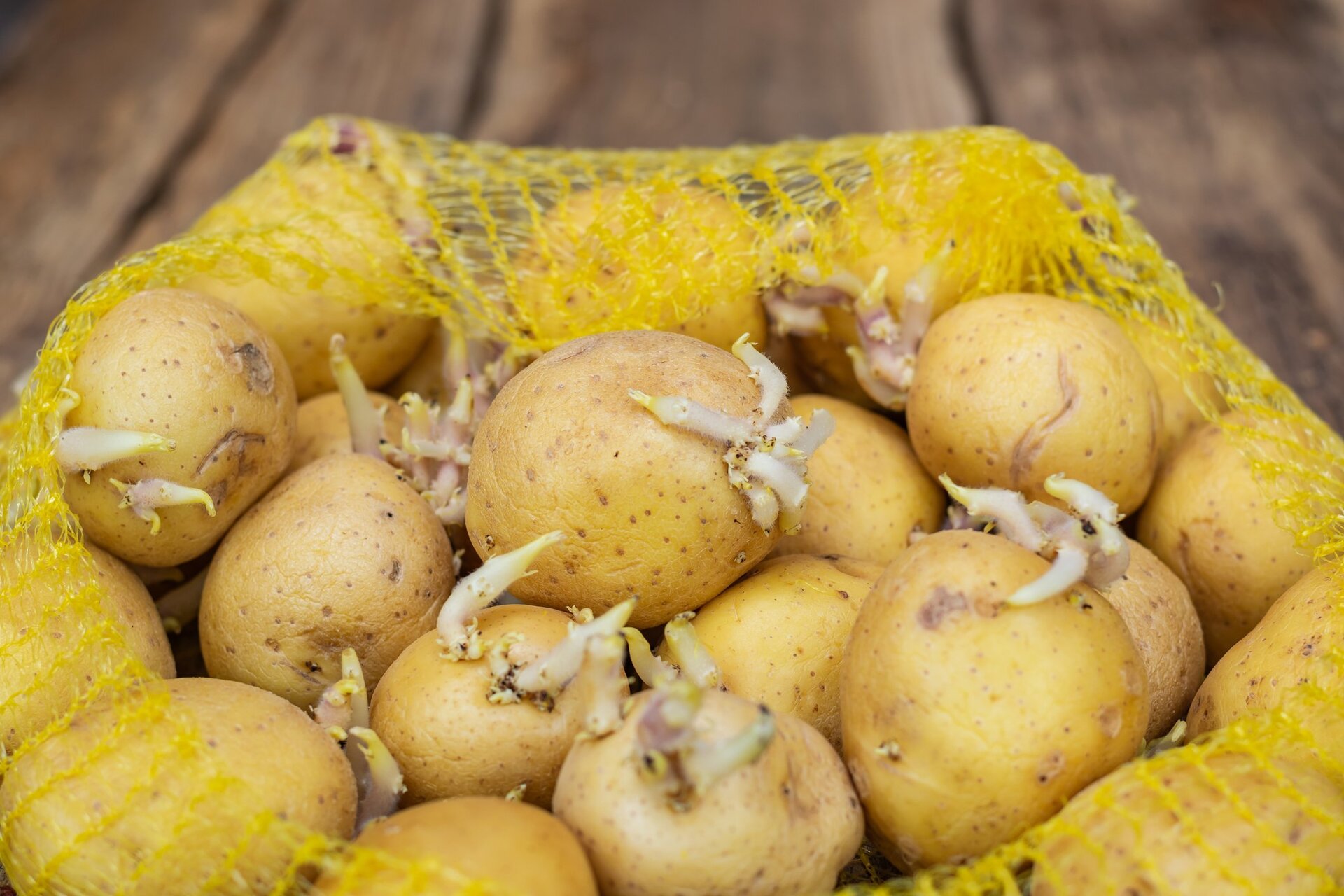


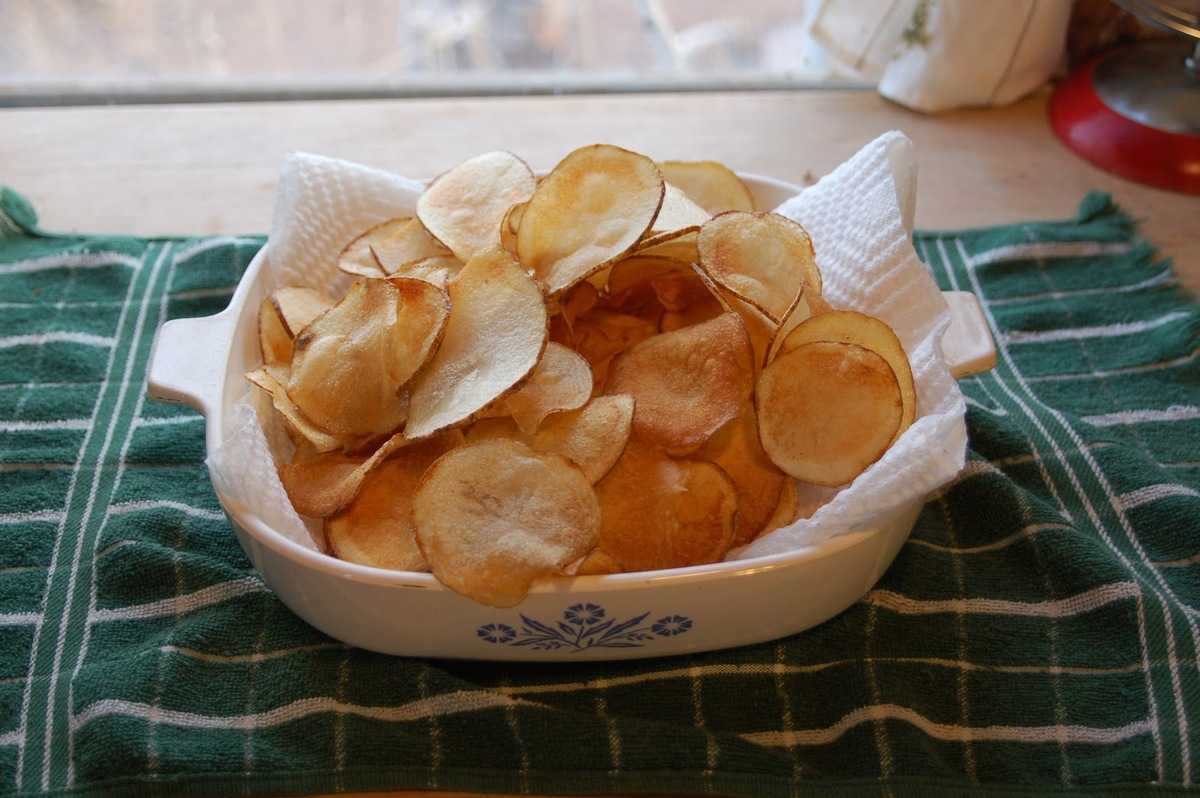
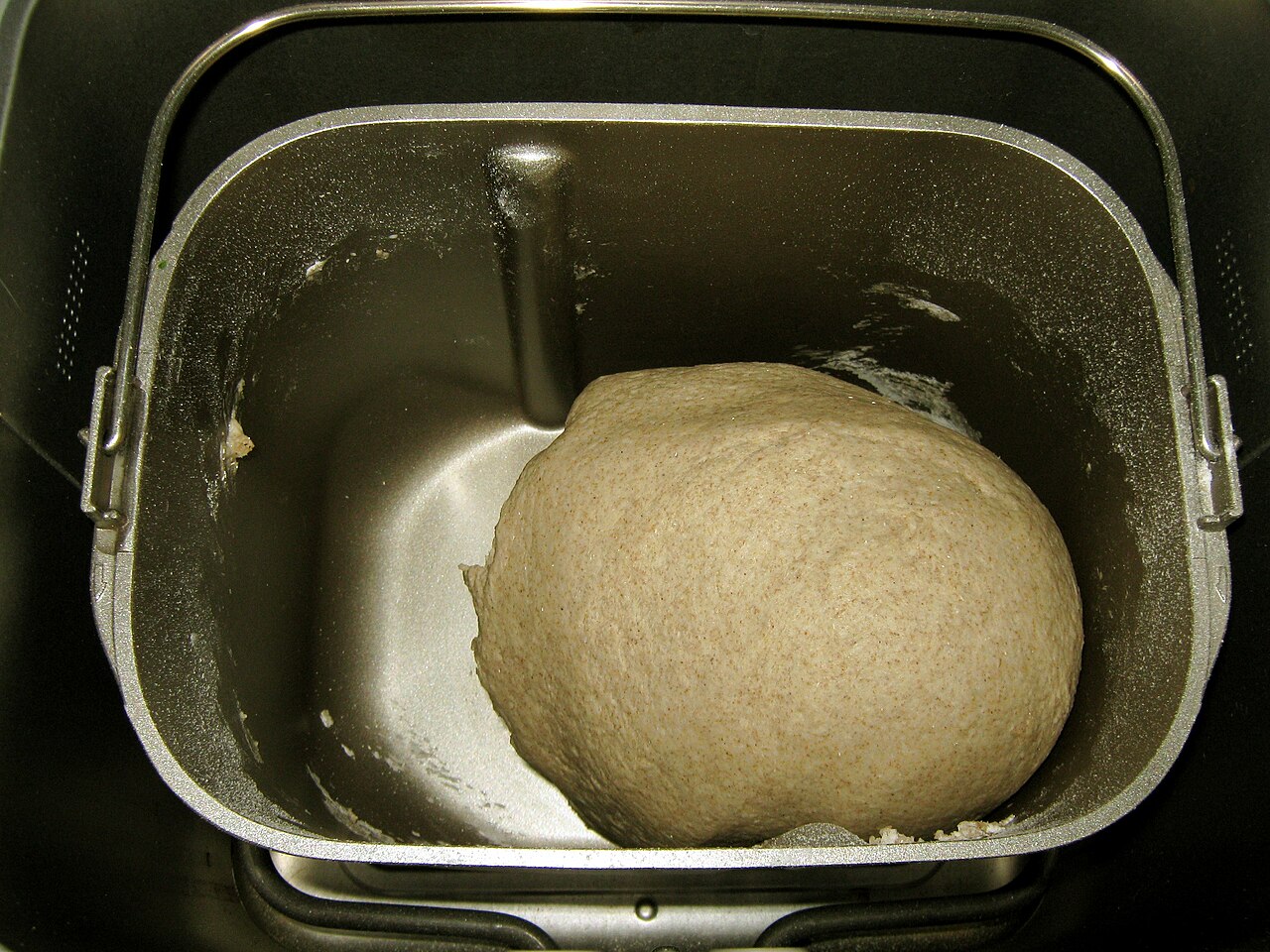
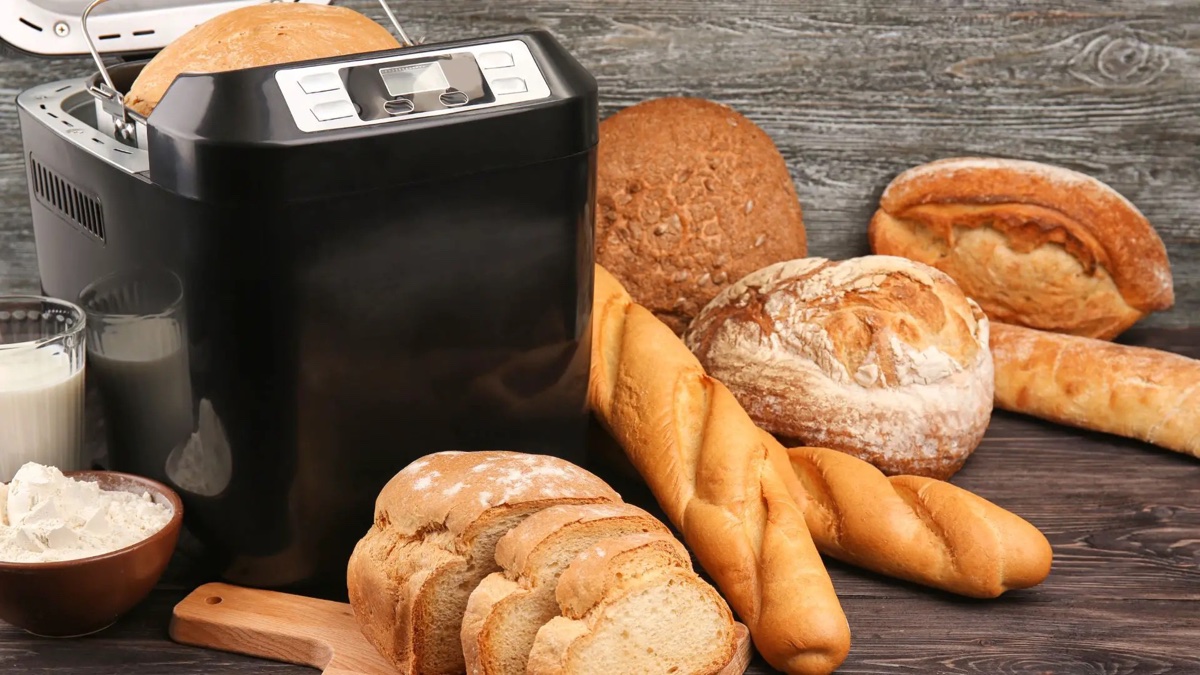
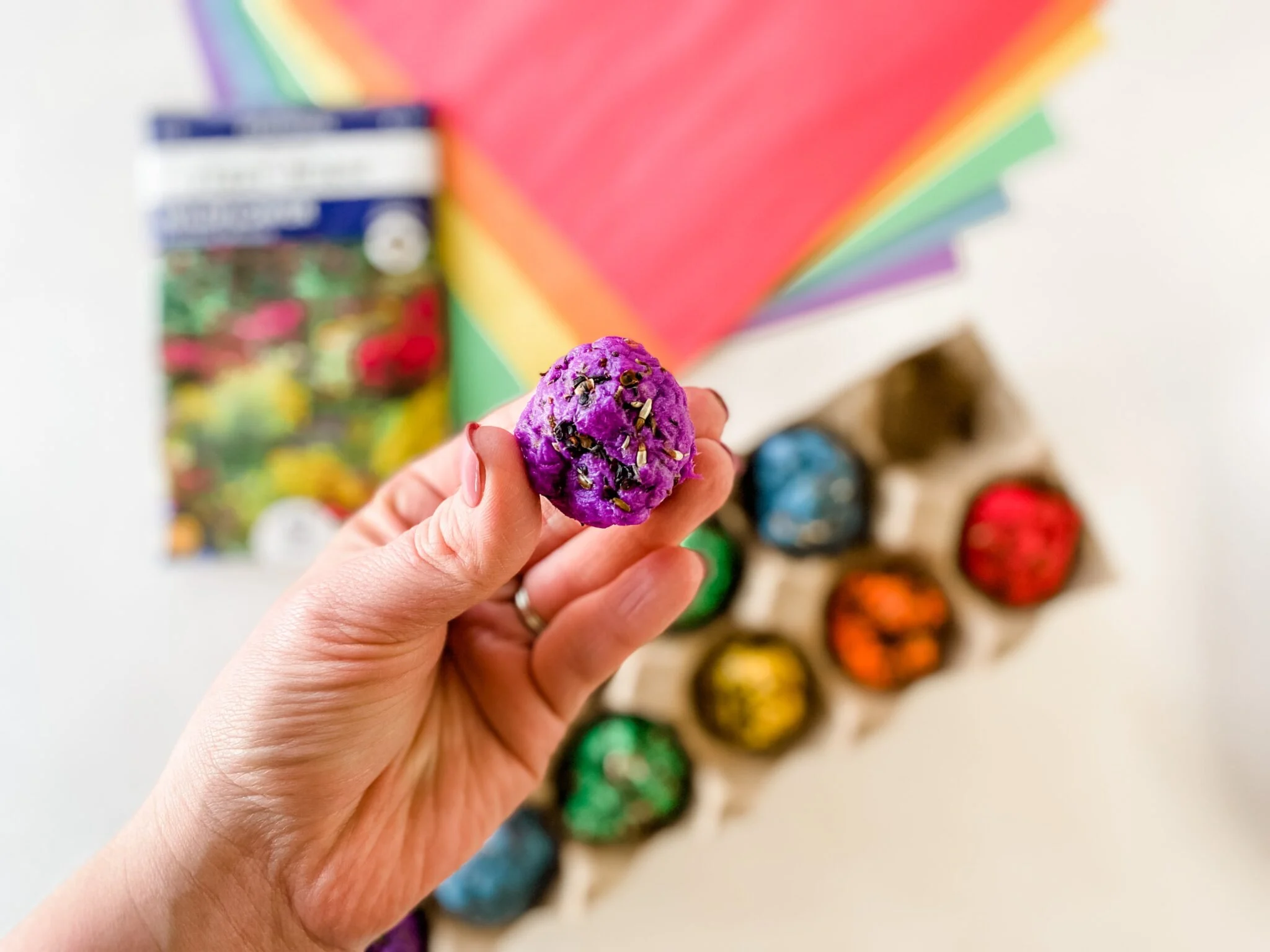
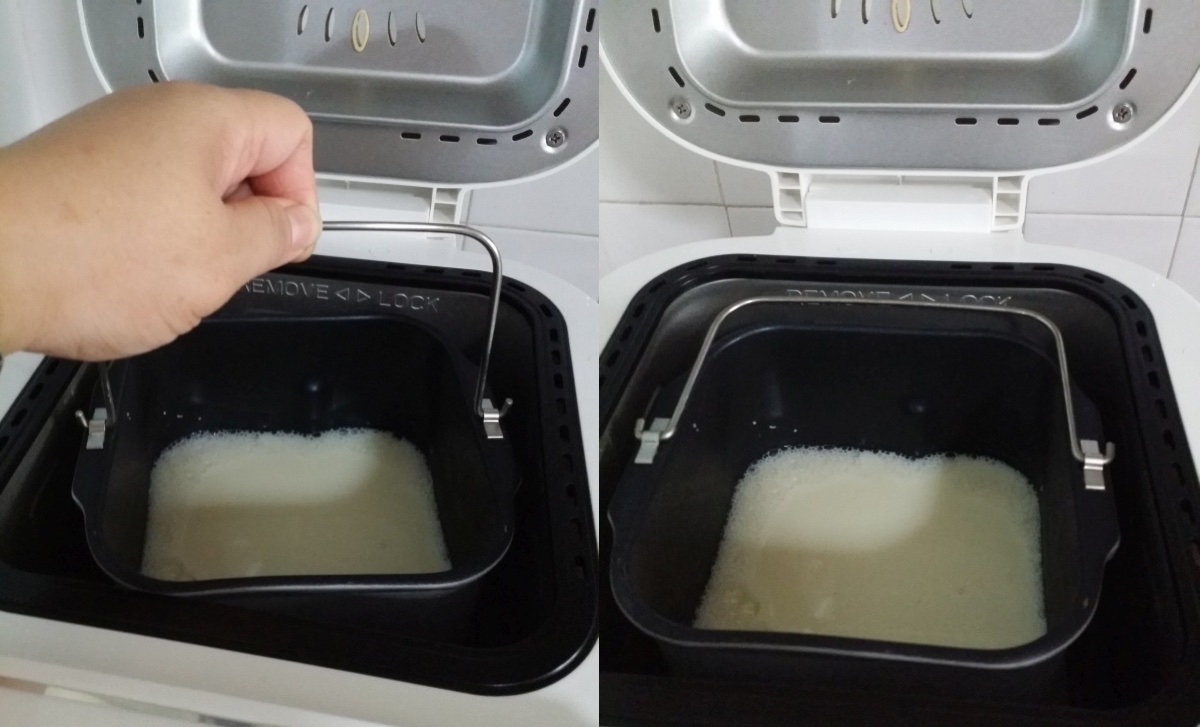




0 thoughts on “How To Make Sweet Potato Sandwiches Wildflower Bread”